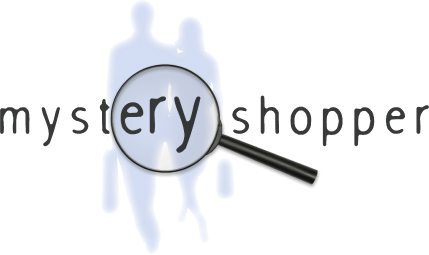Market Research Usefulness?
Organizations are in a run these days to acquire a competitive and valuable position among their competitors in the market. To earn a good place, one must ensure that their services and products cater to the needs of customers. Existing customers should be retained and prospective ones should be attracted by first assessing their needs and thereupon providing them the goods they need.
Markets have become very dynamic and with rapid technological advancement, new features are being introduced and outputs are customized to meet the varying demand. The customer is more aware than ever and switches frequently between alternatives with the intention to get better output and value.
These changes in market dynamics and customers buying patterns have urged the marketers to investigate the paradigm shift and simultaneously, comprehend what factors are leading to change in buying habits.
What is Market Research?
Market Research is the Systematic analysis of market segments along with the prime focus on customer’s perception, habits, and interests. Ace Research has ascertained long before the need for transparent and quality research, that captures the pattern in terms of demographic segregation, psychographic segregation and nevertheless, the perception and overall environmental impacts on the decision making of the customer.
Data Authenticity Issues in Market Research
In Pakistan, we have numerous Market Research companies, providing services to a large number of clients. Several modules offered include Mystery Shopping, Retail Audits, Brand Health Tracking, Activation Evaluation, Pre and Post Product or Service evaluations, Consumer Researches, Monitoring, and Evaluation etc. The primary goal of conducting all these researches is to identify the customer’s point of view and based on these assessment strategies are being designed and formulated to improve brand perception and add value to existing services.
Recently a Political Survey has been carried out to observe the public mandate enjoyed by representatives contesting General Elections 2018. This study was limited to very few constituencies but proved to be a whistleblower and a Question mark on the findings. The data revealed by a survey by no means matched the public perception and ultimately lead to the inappropriate or undesirable outcome.
Data authenticity! This term has put so many in stressful situations.
“Without fair and transparent assessment, it is invalid to devise strategies and base your decision making on it. Without accuracy and authenticity, you are moving in the wrong direction and might lose in the long run if the impact remained insignificant in the short run.”
It is, therefore, very crucial as well as of utmost importance for organizations to understand Unethical Practices being carried out by Research companies to put together data for your assessment.
Organizations usually have customer services and customer insights department to keep a check on quality compliances as set by the company along with customer retention and to ensure the valuable relationship with customers. But unfortunately, in Pakistan to satisfy the compliance requirements, quality assurance departments infringe the data acquired from research companies just to exhibit a good picture of their performance which is not the case actually. Market Research companies are third-party companies that run an assessment to identify the loopholes in customer satisfaction and quality compliances but owing to the flaw in the organizational setup in particularly the delegation of command that in essence should be between senior management in decision-making capacity and Market Research Firms.
Data acquired by Research companies are initially acquired by the customer services departments i.e. point of contact between the company and research firm and after completion of an assessment, this is presented to other stakeholders. This problem can be catered if the data acquired in the first place not only reach customer services department but also senior management, decision makers and stakeholders.
Fieldwork force are the key assets of any Market Research Company and to acquire a large volume of data, the workforce is being trained accordingly and mobilized across the country for fair representation of all areas, as per research requirement. It can be confined to one province or town or maybe a single sector in Islamabad. But most of the well-reputed Research companies have no policy statements implemented in true to spirit to ensure accurate and authentic data collection. Data collected is often fabricated and manipulated. In most cases, the data entry is done without efforts being made to mobilize the workforce and this is a market dilemma and this should be addressed. The question arises, how data authenticity should be ensured?
Client companies should have close liaison-ship with their respective market research companies and Data authenticity should be checked at every stage of data collection. For this very purpose GPS coordinates, videos and audios of interviews, pictures of location etc. are several means of ensuring data authenticity.
Similarly, if you are running an assessment to check the quality compliance of your franchises, the shoppers who are being assigned the assessment often negotiate with franchise owners and managers in exchange for monetary benefits and the whole data collection is jeopardized.
Also, it is common in cases like surveys and form fillings, where data is being filled by few individuals irrespective of the importance of such assessments for clients in decision making. In such cases, companies should designate a person or two to cross-check the data against references being mentioned and a certain sample of data should always be cross-checked.
“Market Research companies dodge their clients by presenting very glossy, attractive and appealing presentation and reports, backed by manipulated and unauthentic data.”
It is, therefore, a responsibility of an Organization if they truly care for their Quality compliances and customer satisfaction to thoroughly assess the Research reports and in case of any ambiguity, the whole process should be scrutinized. Although it will cost you time but remember Research is often done less frequently but all your future decision, budgeting, and strategies are based on it. So be wise and be Alert.




